Israel – 8 days, many cultures
We’ve been home from Israel for a month, and I’ve struggled with how to write about our trip.
Most of my posts are themed around natural history, grand views and stunning scenery. But Israel was a very different kind of experience. I garnered so many different impressions of the land and the people, and I was so surprised at the invalidity of many of my preconceptions. My overwhelming takeaway was that of extreme diversity and complexity. It’s just not possible to summarize this country in a few sentences.
Given that, I’ll share some of the scenes and thoughts of my tour, and the impressions from the extremely varied areas that we passed through.
DISAPPOINTMENT NOTICE (nothing to do with Israel)
For my readers who thought that this blog was all about RV and 4×4 travel around North America, well…. I guess it isn’t. It’s actually pretty much about wherever I travel, and the last few years have definitely been heavy on international destinations.
Good News — next year, 2020, I fully expect to spend more time “at home” (North America), with Howie, our motorhome, Jayk, our Jeep, and Pleesr, my adventure motorcycle. Stay tuned.
now, back to Israel…
RISKS
Israel is thought by some to be a “dangerous” destination, what with their enemies sometimes firing rockets at them, and Iran committed to their ultimate demise, etc. In fact, rockets were actually fired at the Golan Heights about one week after we were standing on the ground there; as it happened, the Dome prevented any of the missiles from striking.
Interestingly, travelrisk.com does rate Israel security as generally “medium” risk, while putting it at “low” for medical issues — except in the West Bank (with poor infrastructures).
How did we feel? While we were actually in the country, almost everywhere we looked was kind of “business as usual”, with people scurrying about their business on foot or scooter. Pretty much normal life and living. But then, there was the very high presence of police, military, and security forces, which were everywhere we went.
It’s probably an over-statement, but it seemed like you could spot a uniform and an assault rifle pretty much every 100 yards (in the city). Borders were very closely watched and heavily armed. It got to be ordinary for us (mostly). So on balance, we never felt at risk or in danger, but it was clearly a distinct presence.
As for the people (likely because we were tourists), we never encountered anything except friendly, helpful people. Honestly, even the immigration gals at the airport smiled at us.
The THEME
This tour was NOT a pilgrimage, but rather a modest historical exploration of parts of Israel directly or closely associated with the “life and times” of Jesus. As such, it was an intense learning experience for me, and likely for other members of our group as well.
It’s worth mentioning that I was the sole secular member of a group of 32 people; my companions were one Arab (our driver), a resident Jew (our guide), one Jew and 29 Christians (tourists from California). We were to travel to nearly every place that Jesus ever walked, and we would learn volumes about the times in which he lived.
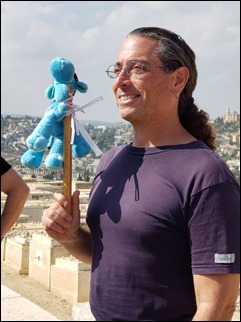
Jared Goldfarb, our (incredible) guide, is a Jew who emigrated to Israel 25 years ago, from northeast United States (and loves his ‘new’ life). He is astoundingly educated in religious history (Jewish, Christian, Islam), and was an unending source of information throughout the tour. Jared also teaches Christian history to the clergy, and is in high demand as such; he conducts these tours only rarely.
Uniquely I think, Jared is also one of the most egalitarian “presenters” I have ever encountered. He spouts no dogma, he neither preaches nor mandates; he simply states the status of things as he understands them. He was always very open about what information was “story”, and what was legend-based-on-truth, solid historic evidence, or blurry. I found this very refreshing, invigorating even.
In fact, I was shameless in my use of Jared’s time, hardly giving him a moment’s rest with my constant questions and explorations of what we were seeing, how it all came to be, what transpired in such-and-such a year or era, etc. I specifically asked him if I was “being a pest”, but he was always generous and gracious, and in fact we both seemed to enjoy the interchange.
Lastly, Jared is a good-natured, humorous type who is easy to have fun with. When one of the group gave him a blue stuffed toy camel as a joke, we all ended up insisting he use it as a “flag” so we could follow him through dense areas… and he did.
I am not going to try to relate everything we did and learned, and therefore I’m going to end up leaving a lot out. Hopefully these highlights will convey the essence of the country and our travels.
TEL AVIV and JAFFA
By far the most modern and Western looking part of the country. We landed in Tel Aviv at 3AM (!!!), and even at that ridiculous hour, there was a New-York-style line of people waiting for taxis — maybe 200 of us covering almost 100 yards of sidewalk. More than 50 cabs at a time were filing up into the queue. Definitely “civilization”.
We stayed in Tel Aviv only one day, waiting for our tour to start, so we used the time to explore the coast right outside the hotel. To the north, the skyline and the coast look like any modern Mediterranean city.
To the south, the ancient city of Jaffa is a lovely contrast. Beautiful old stone constructs, winding staircases and mysterious buildings, prayer towers, and an amazingly colorful and diverse marketplace with everything from souvenirs to sundries, hand-mades to your favorite smoke.
JERUSALEM
Volumes have been written about this fantastic city. Well, it’s had plenty of time to accrue facts, fables, and legends — this city is over 5000 years old. For me, the simple age of the place was as striking as the history that accompanied the aging.
Jerusalem is one of Israel’s larger cities, at 800,000+ (Tel Aviv is 4M). But Jerusalem is by far the most visited, with over 3.5M tourists stopping by each year — roughly four tourists per resident. Crowded? Sure, but all cities are crowded. Interesting? Far more than any other city I’ve visited across four continents and dozens of countries.
It’s not possible to get a shot of all of Jerusalem without using aviation, but from above the huge cemetery, the bulk of the Old City is in view.
It’s important to understand that Jerusalem exists not only on the visible surface of the land, but also on many layers beneath. Each time the city was wrecked, a newer city was rebuilt atop the rubble and ruin. During our exploring, we were able to look far below the surface and see ancient structures three, four, five stories underneath us.
Also, the original boundaries of Jerusalem were outgrown centuries ago, walls torn down and rebuilt, and many changes of ownership and control took place. So it’s of greatest interest to focus on the Old Jerusalem and its (partially) reconstructed 4KM-long wall. [See the section farther below — Dead Sea Scrolls — for a cool model of the early city.]
But Why? — Why was Jerusalem built where it was built? There are so many factors, some of them fairly certain, and some more murky. For sure, two major influences were the hilly nature of the terrain (defensible), and the year-round water source of the Gihon Spring, an absolutely indispensable, life-giving commodity in what is otherwise a severely arid desert.
For so many reasons, Jerusalem today is a vibrant, thriving city. And with millions of tourists traveling through, the presence of wildly diverse marketplaces is one of the many attractions. You can pick from cheesy tourist souvenirs, hand-made rugs and clothing, decent meals or fast food, or furniture and household goods.
Hezekiah’s Tunnel
Given that water was a life-or-death situation, during various periods of history the rulers concocted methods to protect the resource. One of the most recent — and still almost 3000 years ago — was King Hezekiah’s Tunnel. It was built to deliver water to the community, in a fashion whereby the supply could sustain an assault or a siege.
Cut through solid rock (limestone), by hand, for almost 1/3 of a mile, the engineering and execution are simply staggering by any standards. And the result was an unassailable underground water source, impervious to attack by any of the various enemies of the day.
We had the pleasure of walking the entire tunnel (in 1-3 feet of water), using only flashlights or cell phones to show us the way. Charming, and surreal, all at the same time. (Lousy light for photos, though.)
The Western Wall
This is literally a west-most section of the original city’s walls, but it is special in that it supports the original platform of the Temple: the Temple Mount. Above ground, worship and prayers can be witnessed at all hours (that is, if you can see through the sometimes impenetrable crowds of attendees).
You have to remind yourself, looking at this, that these multi-ton stones were cut by hand, transported, and put in place thousands of years ago, with none of the power or technology we’re so used to today. Hammer, chisel, wood, rope, sand. That’s it. There were many moments where I just stood and stared at the enormity of it.
The old and the new…. millennia-old stone wall, ancient prayer rituals, and a large computer screen ready for a presentation.
But the Wall also extends way below the present-day surface, and we were able to look at the original stones laid in place during Herod’s rule.
Tower of David Light Show
Okay, this one is strictly cheesy tourism, but it has some redeeming virtues. There’s a 45-minute light show at the Tower of David, that uses powerful projectors and the walls of the enclosure, to kind of imagerially flip through millenia of history. You sort of have to know some general history to “get” the images, And it’s not always clear what ‘message’ is being displayed — but it’s worth a see because of its grandness and brilliance.
The projectors show the still and moving images onto the walls, a gigantic “movie screen”, and the place is transformed. Here are just a few of the images from the sequence.
First, here’s what the place looks like in plain flat lighting…
And here are some of the projections (you can click/enlarge). Remember, these are all essentially the same view/angle of the existing structure…
Churches and Mosques
Jerusalem is one of the holiest cities in the world, and it is understandably replete with religious buildings, icons, holy sites, historically treasured places, etc. After all, this was the city where Jesus was crucified, one of the most fabulously significant events in all of history. Honestly, to do justice to all these elements would require more time spent photographing, several posts, and more energy and patience than I possess.
So I’m just going to throw in some samples, with no narration, to give a sense of things. Suffice it to say that we visited some deeply meaningful and spiritual locations such as St. Peter’s Church, the mosque on the Temple Mount, the Olive Garden and its 1000-year-old trees, Jesus’ tomb, and so forth.
East Jerusalem
As you likely know, Jerusalem is presently divided in two, with the western portion in Israel, and the eastern portion in the Palestinian West Bank. Moving from one to the other is simple for tourists and Israelis, awkward or impossible for Palestinians. Our bus had no issues in multiple crossings, but the security was clearly present.
I found it interesting that the police and military were — mostly — super-friendly, and always ready for a selfie.
As obvious as the border security was the change in architecture. Arabs, demographically speaking, have a culture of building their own houses with their own hands. Since they also have to work and raise a family while doing so, Arab houses can take decades to build and complete. Consequently, in-progress buildings are simply everywhere, sometimes with tenants in partially-completed rooms, with bare concrete, windowless sections adjacent.
Other surprises on the Arab side — A KFC store; a “Squarebucks” shop using the Starbucks logo (just above the bus); a group of Catholic-school girls (red uniforms) gathered at the bus stop.
After exploring Jerusalem, we headed out to the eastern part of Israel, first down toward the Negev Desert, and then later up to the northern parts.
Qumran National Park
Dead Sea Scrolls
One of the most thunderously important discoveries of all time, from a historical and religious perspective, was the enormous body of writings called the Dead Sea Scrolls. Their name came from the location of their discovery by some roaming Bedouins, the Qumran region near the northwest corner of the Dead Sea.
Some of the scrolls, or replicas, are on exhibit in the Qumran National Park, along with many other objects of interest.
Just looking at the scrolls, or burned fragments of them, it’s staggering for me to try to understand how these brittle, crumbling old documents could ever have been deciphered. But they were deciphered, the content was world-shaking, and their influence is still ringing down through history.
Jerusalem City Model
Within the Qumran National Park, a massive model of the Old City is also on display. It’s over 2200 square yards, and exquisite in detail and workmanship. Unbelievably, this model was originally built in 1966, and then moved here in 2006. What an unimaginable effort that must have been, both the inception and the relocation.
Even if you have no interest in the Scrolls, a visit to the Model is a must-see.
The model makes it far easier to understand some of the aspects of early times: the Temple, living quarters for the elite and the poor, the nature of the Wall, etc.
DEAD SEA
If you’ve never floated in 34%-salt saltwater, the Dead Sea is a must-visit. By comparison, the world’s oceans are about 3.5%; super-salty Salton Sea in southern California is 4.4%, and Mono Lake is 10%. (There are only five more-salty bodies of water in the world, and two are in Antarctica.)
The buoyancy must be experienced to be believed. The water itself is an odd fluid, almost like salad dressing, with an oily feel to it. We went to experience it at a touristy spot, with a nice sandy entry, and showers to rinse off the oily mix (only partly successful).
We were warned NOT to get the water in our eyes; the mineral content is just too high to be tolerated.
As I waded in, I could feel the unusual pressure on my legs. And, once I floated horizontal, it was nearly impossible to get my legs underneath me again! I don’t know how much lead weight it would take to sink a person… maybe 30-40 pounds? Seriously, I floated like a stick of balsa wood, where I would normally sink to the very top of my head.
The Dead Sea, so heavily laden with chemicals, is reputed to have massive healing properties. Some of its benefits are verifiable, some are more in the “placebo” realm. Regardless, large businesses flourish by “distilling” its potency and selling bottles of cosmetics and treatments. In the Sea itself, extended spa visits are available; tourist mud-packs are common “health fixes”, and we were surrounded by terra-cotta zombies. We didn’t try it.
In case you’re curious, here are the numbers for comparison:
- Plain fresh water 62 pounds per cubic foot
- Typical sea water 64 pounds per cubic foot
- Dead Sea water 77 pounds per cubic foot
That helps explain things…. the Dead Sea water weighs about 20% more than other water.
Masada
Further south from Qumran lies the Masada National Park, and the ruins of a truly exceptional historical structure.
King Herod, who had a well-deserved reputation as a builder, erected a fortress, including two palaces, for a potential retreat if his power were challenged (Herod was also a bit of a paranoid). The Masada mesa was well-chosen, a daunting target for assault, surrounded by steep or sheer slopes, and defensible from every direction. But what happened after Herod was an even more incredible story.
By the late 60’s CE, an extremist Jewish group called the Sicarii had overthrown and annihilated the Roman occupiers of Masada, and taken up residence. They were a bloodthirsty bunch, and would periodically raid nearby (Jewish) villages and slaughter men, women and children. It was far away from Jerusalem, and much farther from Rome, but in 73-74CE, the Romans had had enough, and mounted a major campaign.
They moved an entire legion into the hills below Masada and prepared for a siege. The soldiers hand-built a 375-foot-tall assault ramp to bridge the slope, and then built and moved a siege tower into place. With the battering ram on the siege tower, the Romans managed to breach the walls of the fortress, and retired until the next day to claim their victory.
In the night, 960 Sicarrii men, women, and children performed a mass killing/suicide. Only two women and five children remained. Although it reminded me of the horrible story of Jonesville, in the case of Masada there was no poison involved. All the killings/suicides were performed by blades — swords and knives.
This is the kind of terrain that the Roman legions had to negotiate. The ruins of their encampment are just left of center.
And this is the kind of slope that presented Masada’s natural defense. The Romans built a massive “siege ramp” to bridge the gap between their camp and the fortress.
There are many historical conflicts about details of Masada, but the overall story is undisputed, and a horrific one indeed.
The Jordan River
It would be hard to come up with a more significant waterway than this desert river. In the Old Testament, written more than 2500 years ago, this old River is mentioned 195 times. It was significant then; it is perhaps even more-so now.
One of the primary water sources along the Fertile Crescent; the place where John baptized Jesus; a natural boundary between lands and tribes; the source of conflicts and battles over millennia of human habitation. The Jordan takes its place among some of the most noteworthy rivers in the world.
Sadly, along with its brothers and sisters, the Jordan has been hammered by human usurpation. Once flowing vigorously out of the Galilee at 1.3B (that’s Billion) cubic meters per year, it’s been diverted and drawn off until now it barely ekes out 0.02B/yr. Its flow has been cut by 98.5%.
The Dead Sea owes its growing salinity to the reduced in-flow; there are on-going, fiercely contested issues over water rights and usage. Over history, both bold and secretive moves were made to take possession of this, the most valuable commodity that exists in a desert land.
Here is one of the limited access points, where people come year-round to be blessed by the waters of the ancient river.
Where fifty times as much water used to roar by, nowadays a 25-yard-wide stretch of placid, silty, near-still water separates Israel from Jordan. (My not-so-smart phone was trying to sign on to Jordanian cell towers while I was taking these photos.)
The NORTH
Galilee, Nazareth, Golan Heights
Jesus was born in Bethlehem, grew up in Nazareth, and moved to Jerusalem to make history. Thus, our “historical” travels took us to the far ends of Israel, to visit some of the more noteworthy places where Jesus lived and worked.
Nazareth, and the Basilica of the Annunciation — One of the more beautiful, and intriguing places we visited. Believed to be the home of Joseph and Mary, mosaic artworks have been contributed by a multitude of countries. Each shows that culture’s/artist’s conception of the personage of Mary. The revered person, who was mostly likely a small-statured, swarthy-complected Mesopotamian, is depicted in a vast variety of culture-influenced art works. It’s striking (from my Western upbringing) to see Mary depicted as Oriental/Asian. Click to enlarge…
Jews, Arabs, and the Druze — curiously, Nazareth is currently regarded as the “Arab capital” of Israel, and is roughly 70% Muslim and 30% Christian. There is also a sliver of Druze, a little-known religion that we just learned about on this trip. The Druze originated around 1014, a few hundred years after Islam.
The Arab influence on architecture, as mentioned previously, is strong in Nazareth. Everywhere is filled with partially-completed buildings with folks in residence on one side and in construction on the other.
We had a great opportunity to be welcomed into a Druze home for a special meal. (We didn’t discuss the religion or culture very much, and it would take another post to even begin to explore it. But it’s pretty unique, and worth looking up.)
One of the Druze specialties is their odd, super-thin “bread” — somewhat reminiscent of a pizza crust, but tasty, tough and chewy. Most everything else was pretty good, albeit some stuff not recognizable.
The Sea of Galilee — this body of fresh water is fed from three major springs that flow out of the highlands to its north. It then feeds the famous Jordan River. As such, it’s absolutely NOT a sea — it’s a lake. But this is in the “whatever” department, and the name has held through history.
On the northwest coast, there is a prominent outcropping, Mt Arbel, that rises above the agricultural plains, overlooking the small village of Magdal — the home of Mary Magdalene (“Mary of Magdal”). It provides a pretty decent overlook of where much of Jesus’ ministry took place.
Capernaum — Peter was Jesus’ first disciple, and the stonework is thought to be his ancient home. Around and above the ruins was built this impressive (in many ways) church, architected to protect and observe the ruins.
Olive Oil, Who’d have Thought? — Olive oil… cooking, salads, right? Oh man, did we learn a LOT about this amazing commodity.
Back in the day, olive trees, and olive oil from them, were extraordinary products. They could be reliably grown in the harsh terrain (wow), and they provided nutrition, fuel for lamps, and many other uses. Even the waste “mash” was used in construction of building walls.
In a land of extremely rare and precious water, olive oil was even used for bathing. The user would ‘anoint’ oneself (or have it done by attendant/slave), and then scrape away the oil/residue with special squeegee-like tools.
Today, olive farming is still a significant business in Israel, and we attended a mini-seminar of sorts on a Galilee olive farm. We learned more than I’ll ever remember about growing and processing olives. But suffice it to say, we kept the notes about how to choose high-quality olive oil in North America, and we will be paying close attention.
Number one rule on the farm: don’t get your toes in the olive press.
Water and the Flyway — Waterfowl have made their way through this area for thousands of years on their annual migrations. But with the drying up of the Jordan (and the loss of its seasonal overflows and floodings), much of Israel’s wetland area has been eliminated. The birds have been having a hard time of it, and it was somewhat heartening to see this flight of Cranes over one of the re-established wetland areas.
Source of the Jordan — North of the Sea of Galilee, we had a chance to explore the Tel Dan Nature Reserve, and stand right next to one of the three major sources of the Jordan River. It’s a rich, lush riparian environment, striking compared to anything else we witnessed in the entire country.
The Dan Spring was so peaceful and serene….
…and yet, from the northern edge of the Reserve, we could clearly see this township, only two miles away. It’s in Lebanon, but the border has been so uncertain for so long that the people’s citizenship and travel status remains in limbo.
To the northeast, we could just barely see the peak of Mt. Hermon, a lookout for troubles from Syria. Such is the roiled-up nature of this part of the world.
Our favorite lodgings were at the Ramot guest housing, in the Golan Heights east of the Sea of Galilee. It was a lovely place, with an excellent setting, pleasing architecture, and wonderful service. At night, the lights of Tiberias would glisten across the blackness of the water.
CAESARIA
After exploring the life and times of Jesus for a week, we took only a day to drive down the north coast, back to Tel Aviv, and catch our flight home. Our only major stopover was Caesarea.
I have to say, Caesarea was well worth the visit. As much as any of the Judaic history we’d seen, it exemplified the Roman power, influence, and technology of the day. And like the previous works of Herod that we’d witnessed, Caesarea was a profoundly impressive example of what the ancients could accomplish. All they needed were time, and tens of thousands of slaves…. sheesh.
Herod built the structures at Caesarea around 20BC as a major shipping port. Problem was, the seascape/landscape had no natural harbor of any kind. But hey, it’s HEROD. The BUILDER. No problem. Just build a massive breakwater in the ocean, and create your own harbor.
Caesarea had a colorful history, to say the least. After Herod’s construction, it became the provincial capital, until finally becoming the last city to yield to the Muslim Conquest (7th century). After that, it did not become a major port until the Crusaders rebuilt it. Then, the Mamluk conquest decimated it again. This flip-flopping continued through the conflicts of the 1800’s and 1900’s, including a 1948 overtaking by none other than Yitzhak Rabin. As recently as 2011, the Jewish town of the same name was established nearby, and the ruins were incorporated into a new Caesarea National Park. Wow.
Today, the region is nicely preserved and presented. It’s pretty touristy for sure, but reasonably so.
Some places are still under restoration and construction…
And others are pretty much as-discovered (or at least appear to be).
There was a “sports arena”, with a huge Coliseum-like race track for the fantastically brutal chariot races of the times.
A portion of the breakwater structure supported a FRESH water swimming pool. Canals and aqueducts were dug for miles to keep the pool properly filled.
A performance amphitheater provided a venue for the plays and extravaganzas suitable for a King.
It was all classic Herod (and Roman for that matter). Expansive opulence, and always so striking (to me) that relatively primitive societies could accomplish so much (and of course at such great human cost).
It was only an hour or two from Caesarea back to Tel Aviv. Not much time to ponder our journey… but then, I’ve been pondering it ever since anyway.
Some TAKEAWAYS
- Despite its place on the world stage, seemingly grabbing all the headlines at times, Israel is in fact a TINY country. Approximately 300 miles north-to-south, and a quarter of that east-to-west, barely over 8000 square miles. Roughly the same size and population as New Jersey.
- The Dead Sea (salt) and the Sea of Galilee (fresh) are both lakes. There are no seas in Israel.
- Did I mention there’s a lot of tourism in Israel? Yeah, and some of it is pretty cheesy. Chinese-made souvenirs, for example, are the order of the day (in almost any country you can name, for that matter). But for me, the camel rides pretty much defined “cheesy tourism”. To each his own…
- In life, both religious and non-religious people are, for their entire lives, routinely exposed to multiple references to Biblical places and events. And for anyone of any persuasion, being right THERE is sometimes a very striking experience. “This is where Jesus walked”. Amazing.
- The multiplicity of cultures was quite a surprise. I kinda had a mindset of simply a big collection of Jews and Arabs. But the broad mixture of Christians, Jews, Muslims, Druze, Palestinians and Israelis, including a significant secular population, was an eye-opener. We also learned how Israel is notably NON-western in some regards, how intensely socialistic many of its systems are, and how many diverse opinions and perspectives are distributed throughout the population.
- In short, it’s a very small country, but a multi-variant one. I’ve found it simply impossible to synopsize Israel; it’s far too complex.
LASTLY
Some of Israel’s infinite multi-faceted nature manifests as extreme perspectives and attitudes. Both politically, and religiously, the country is riven by strong-minded factions. I’ve tried in this post to stay away from contentious matters, but let’s face it, the whole country is made of and from contention. If I have made mis-statements and/or touched a nerve, please forgive, and please avoid any heavy political or religious comments. After all is said and done, this blog is about TRAVEL, and heavy or mean comments are not appreciated or accepted.
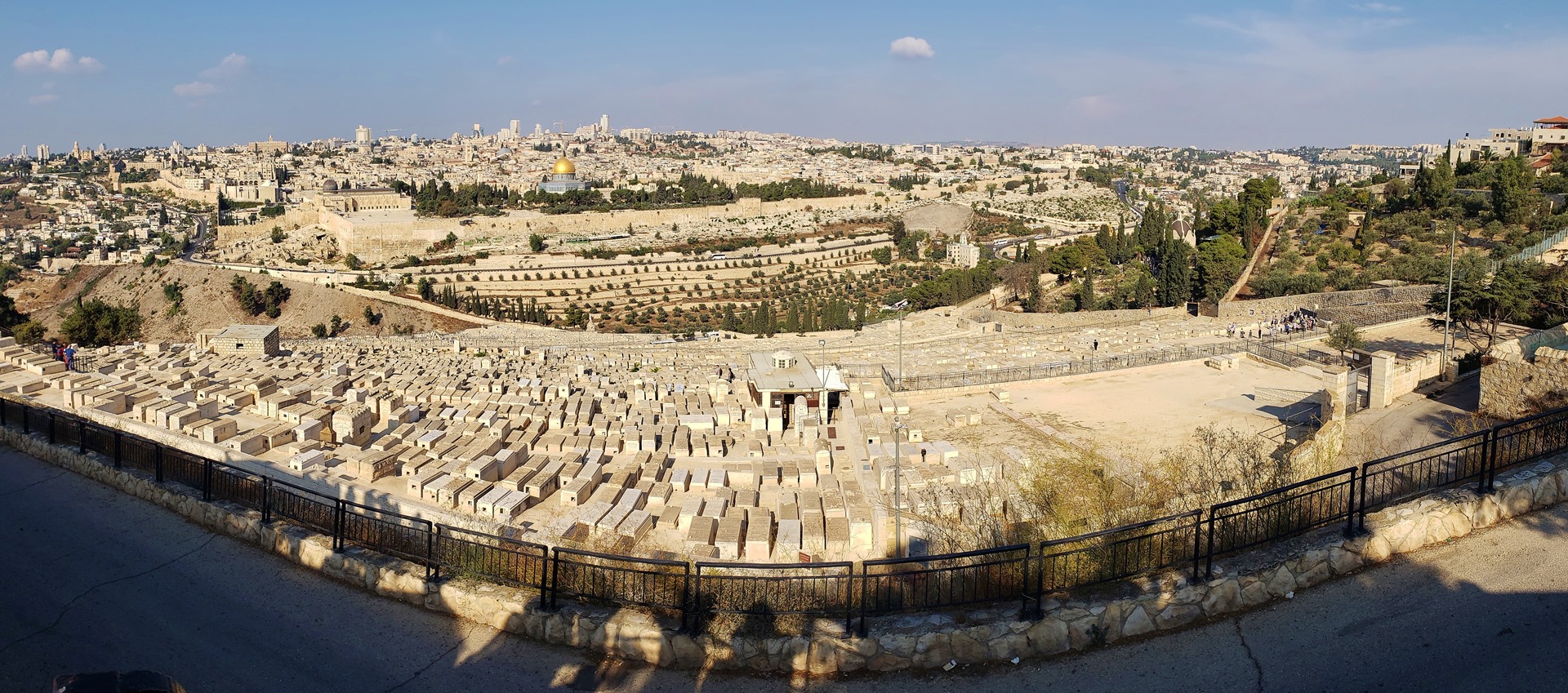
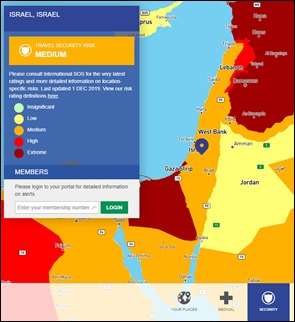
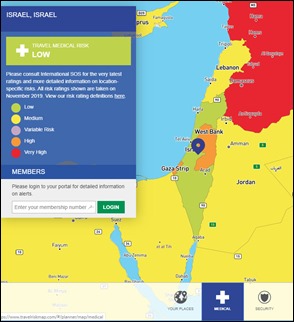
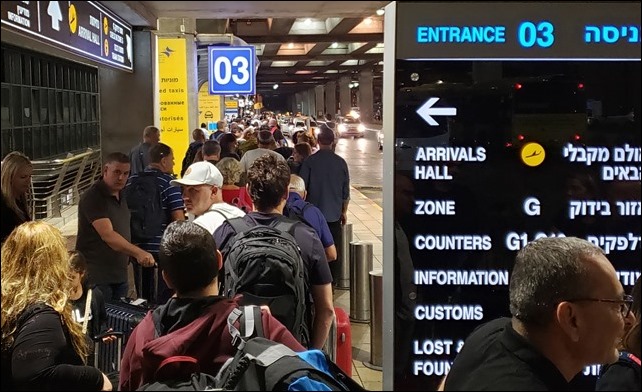
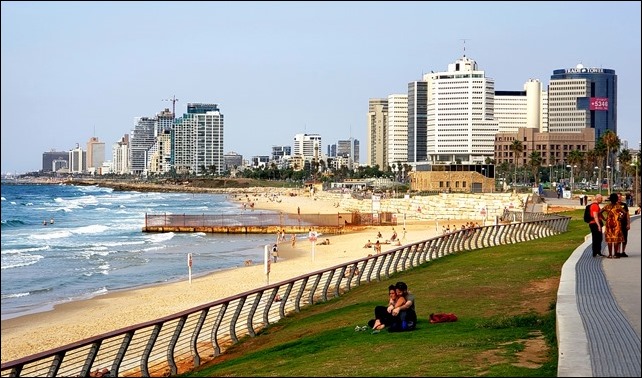
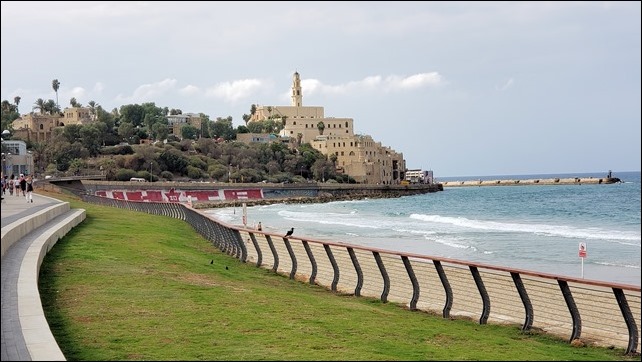
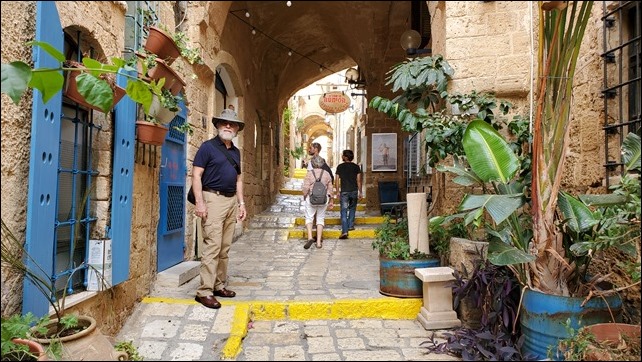
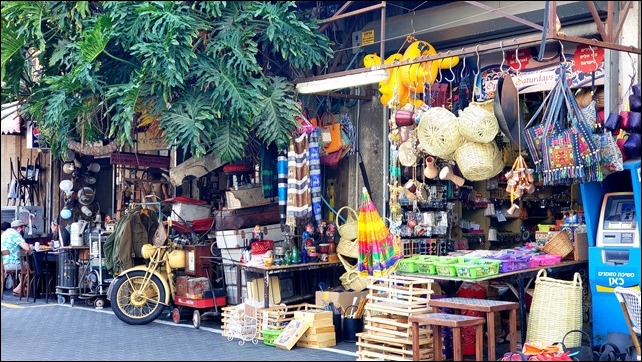
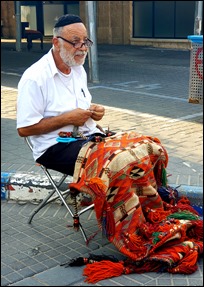
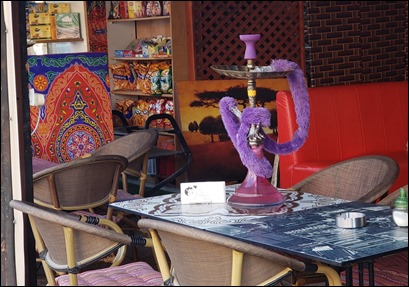
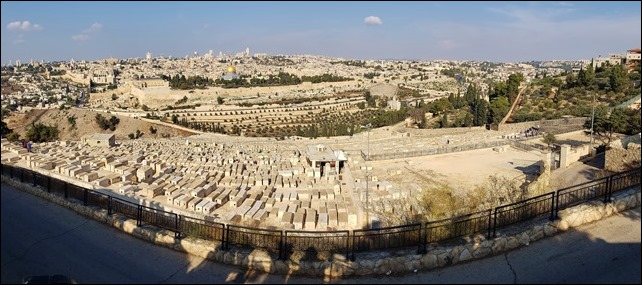
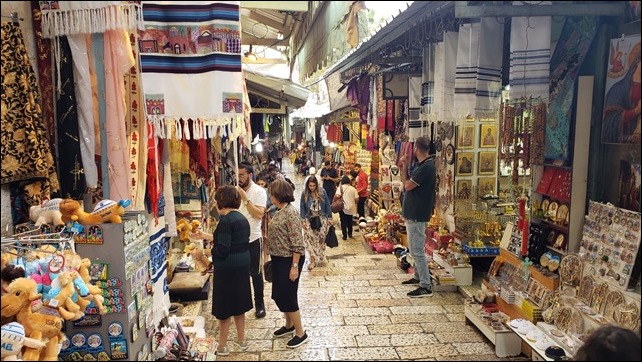
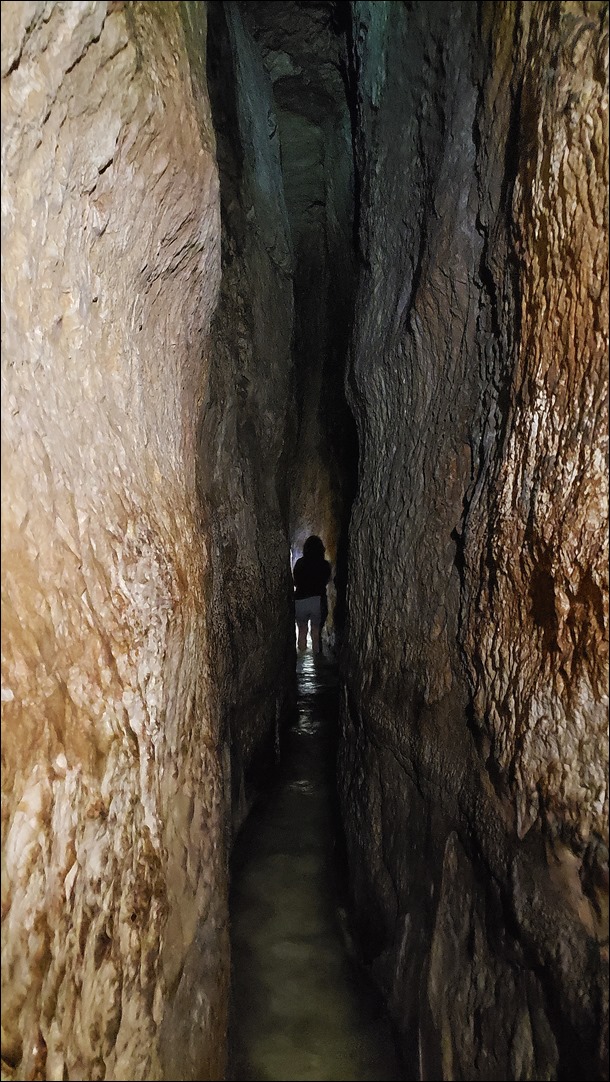
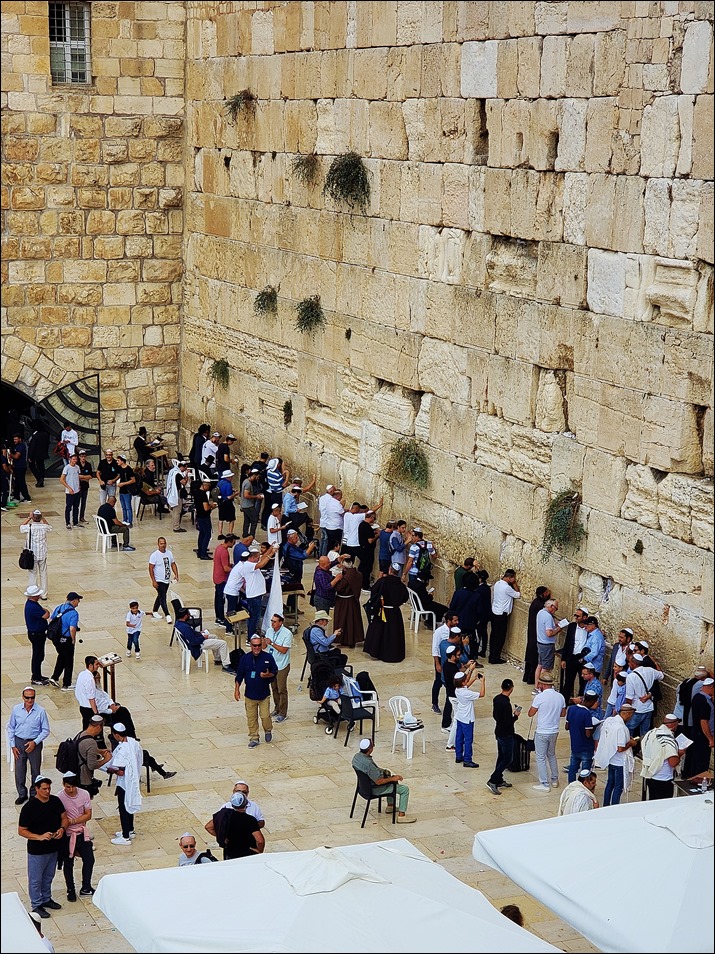
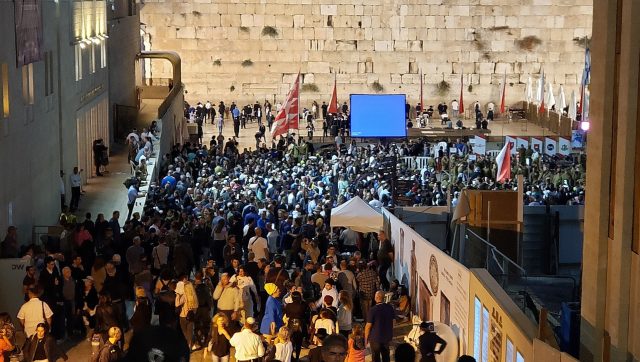
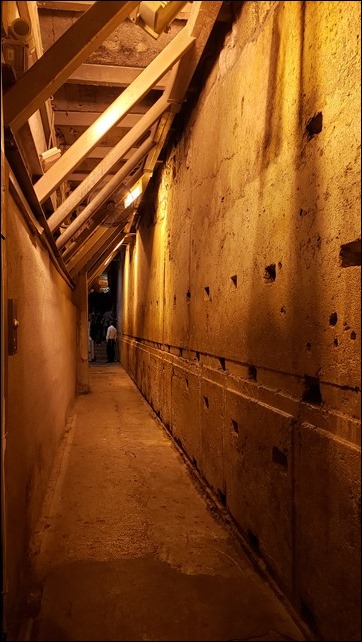
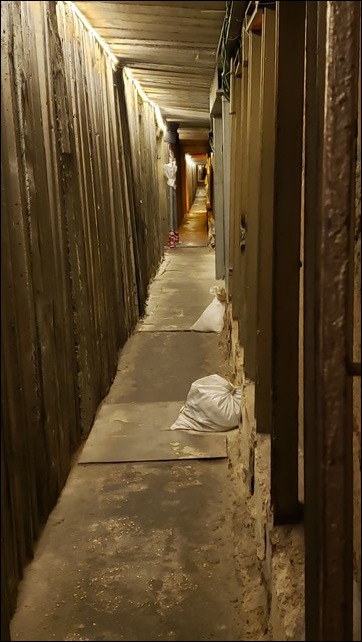
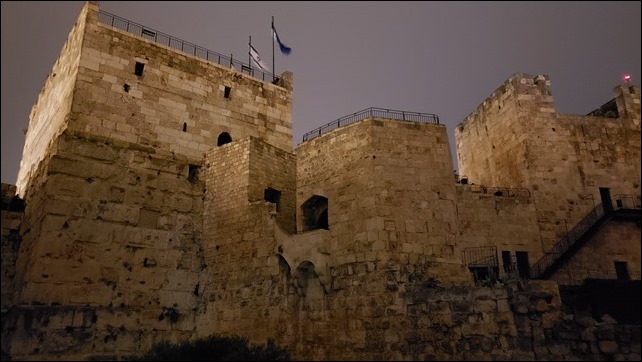
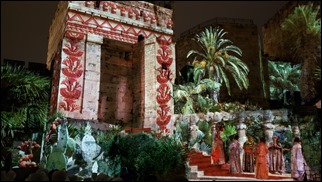
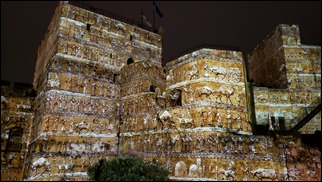
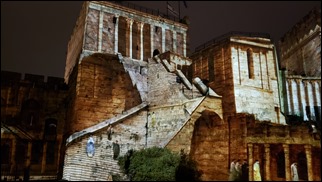
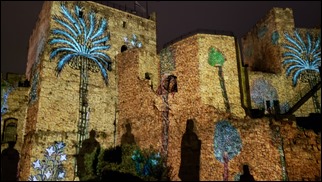
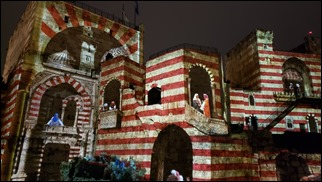
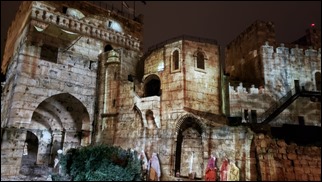
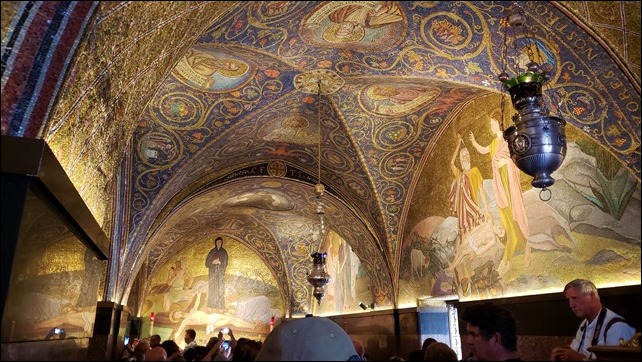
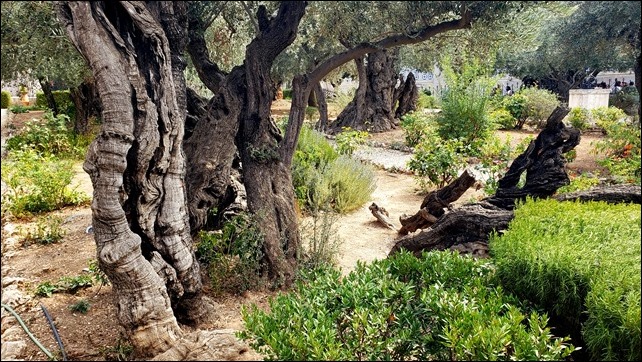
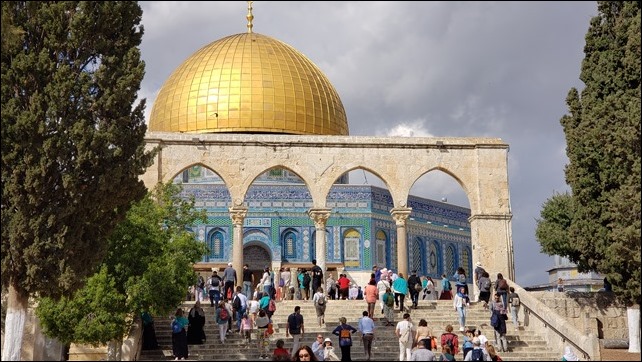
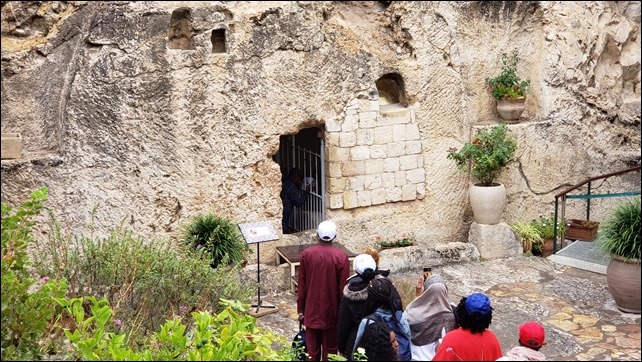
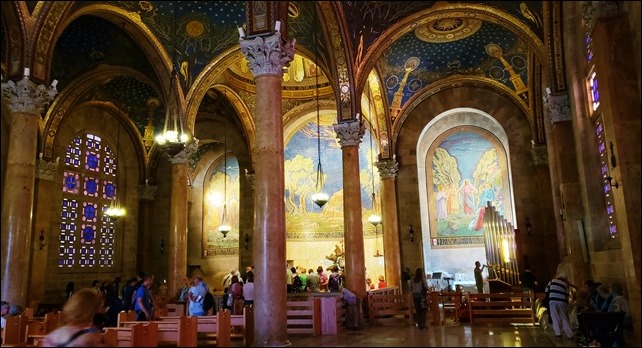
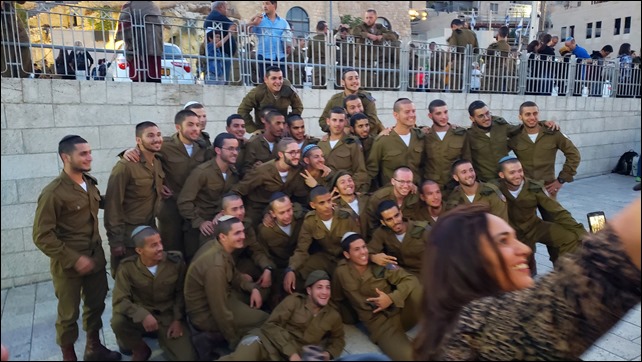
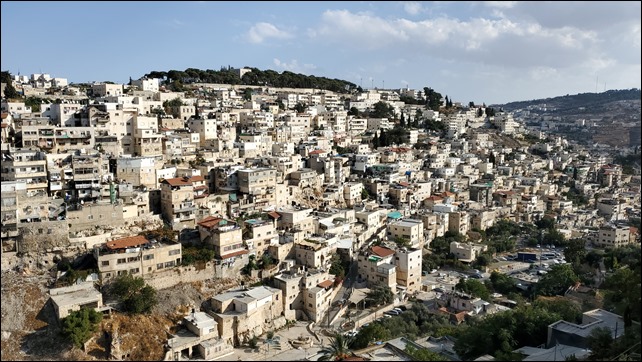
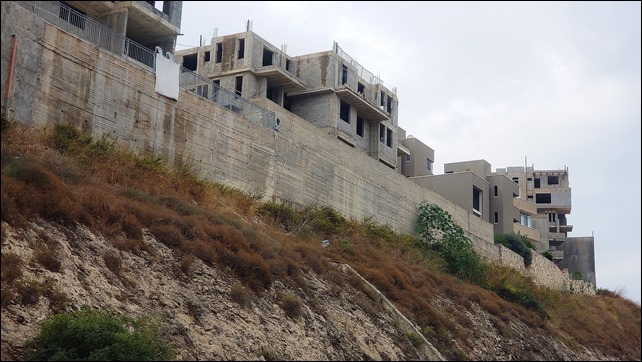
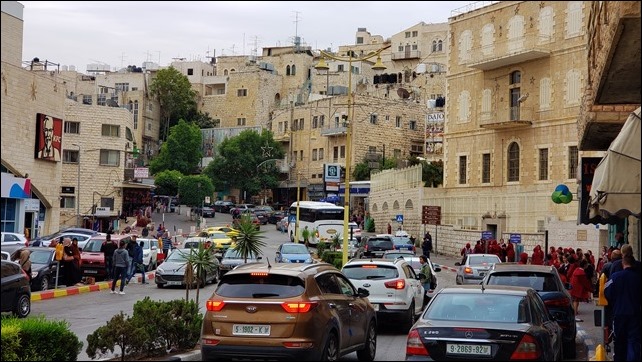
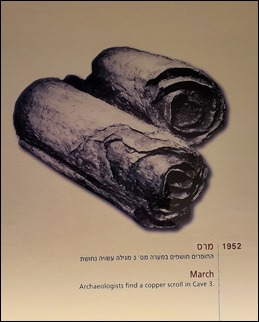
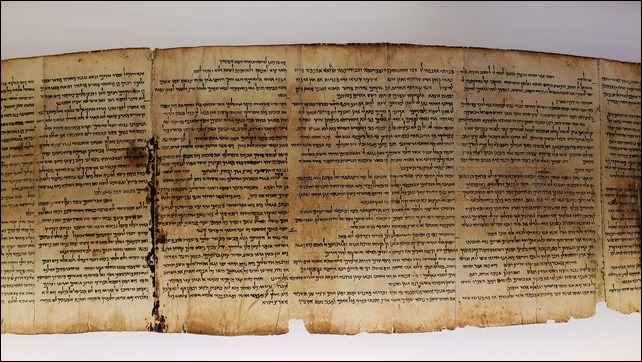
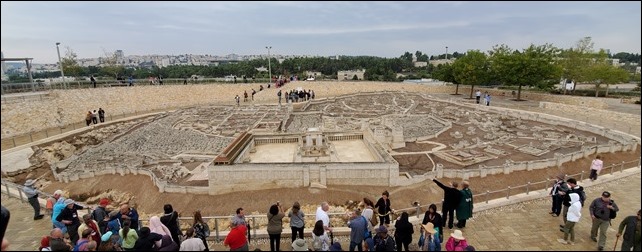
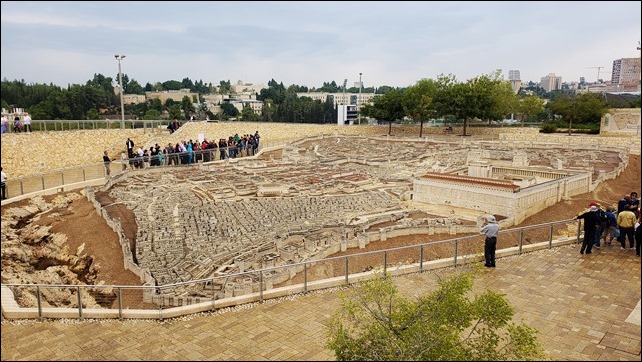
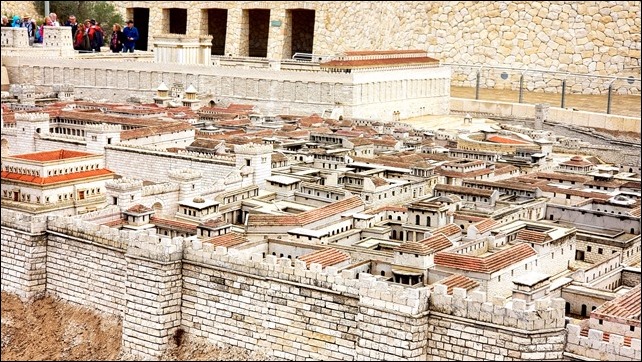
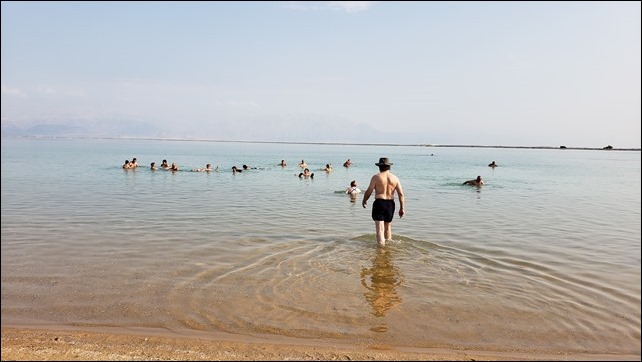
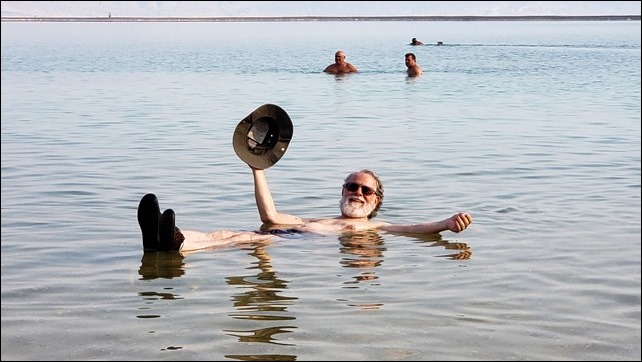
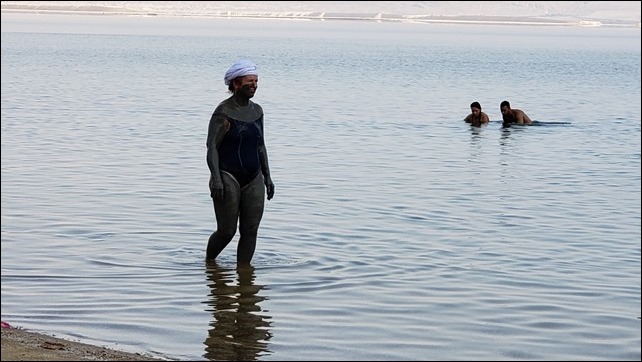
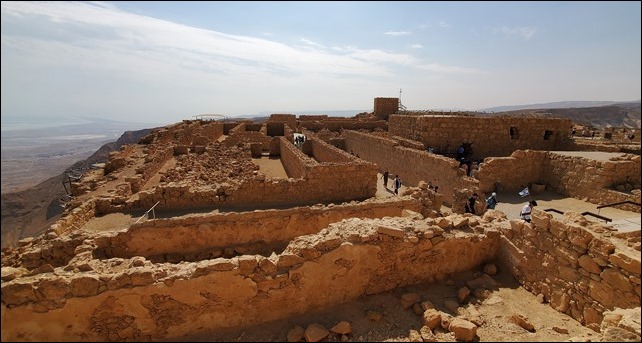
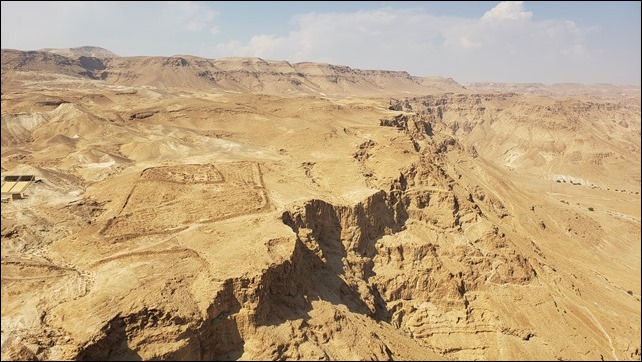
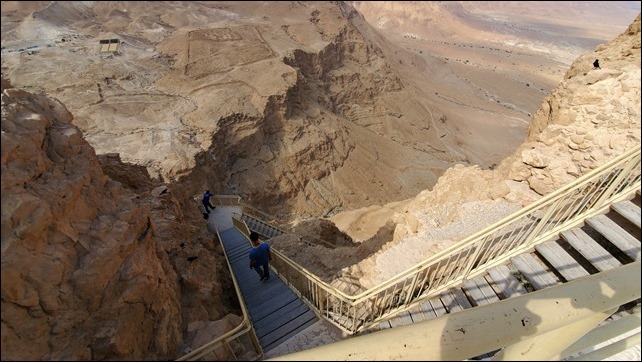
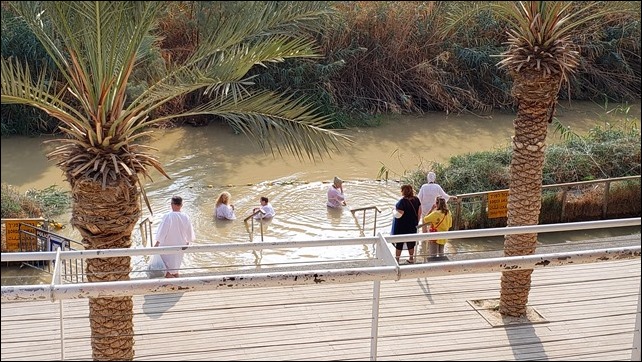
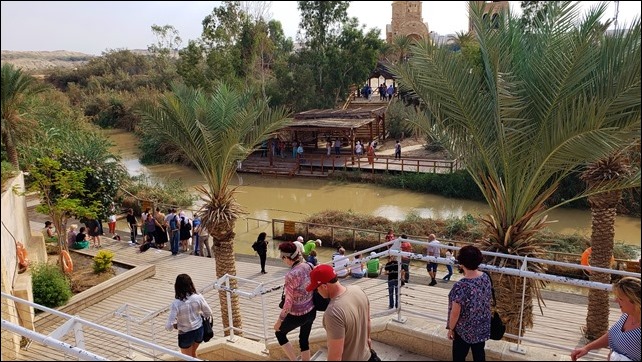
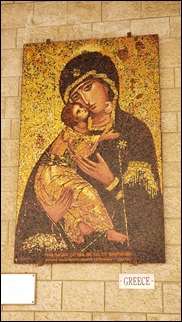
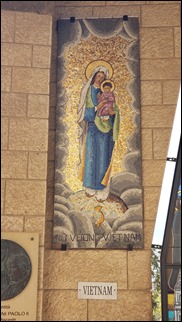
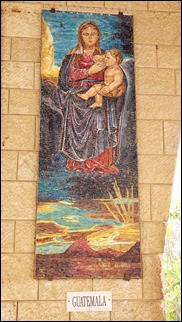
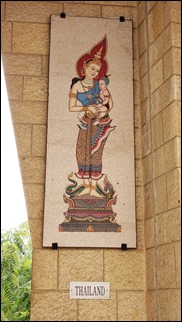
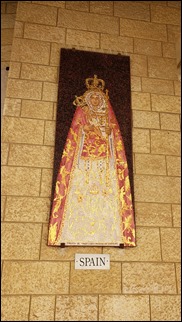
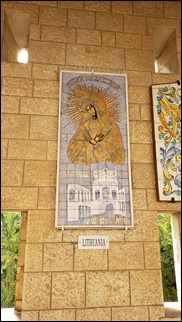
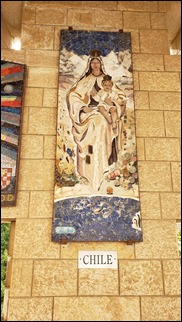
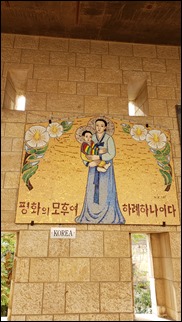
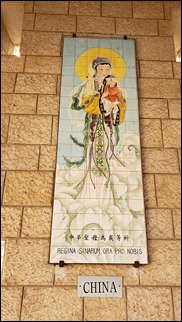
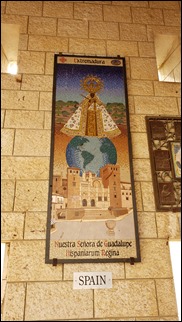
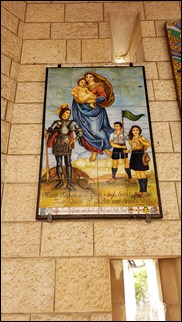
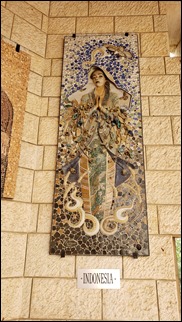
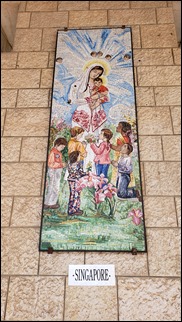
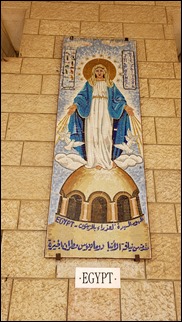
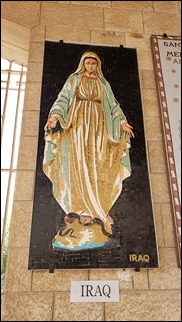
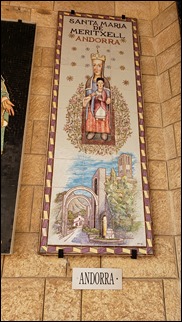
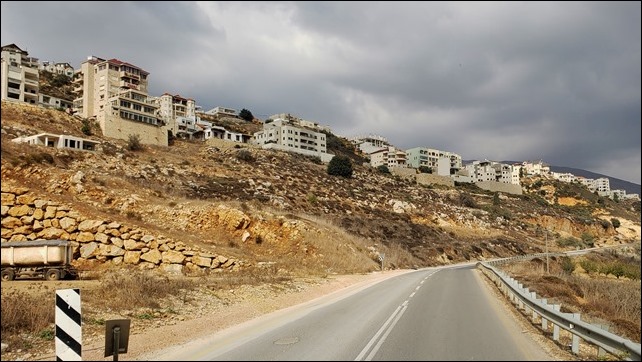
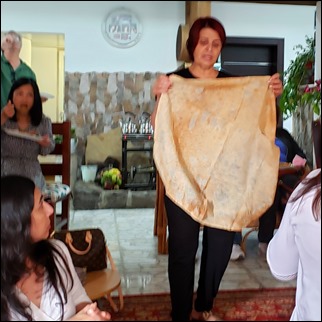
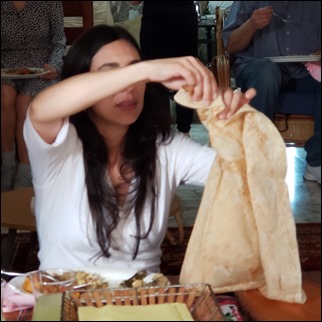
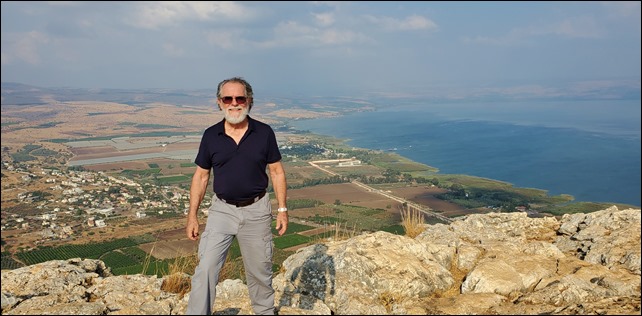
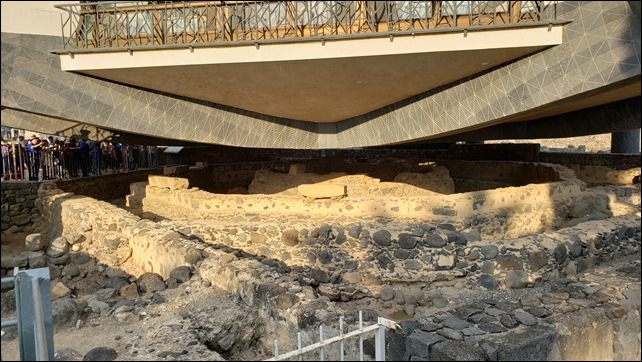
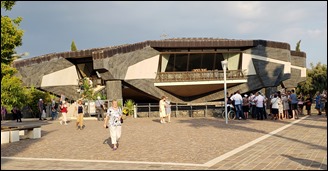
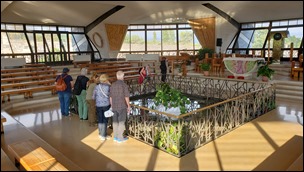
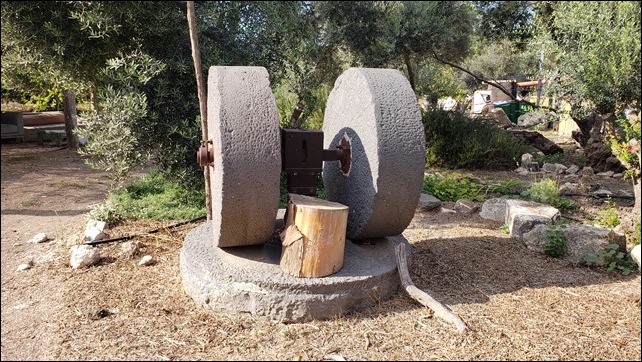
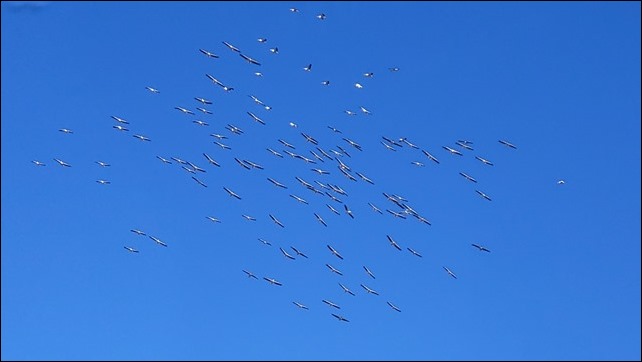
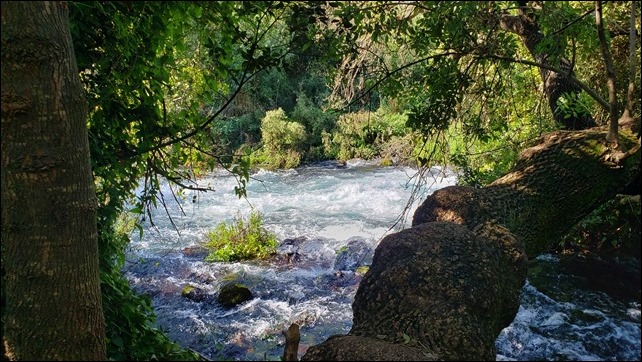
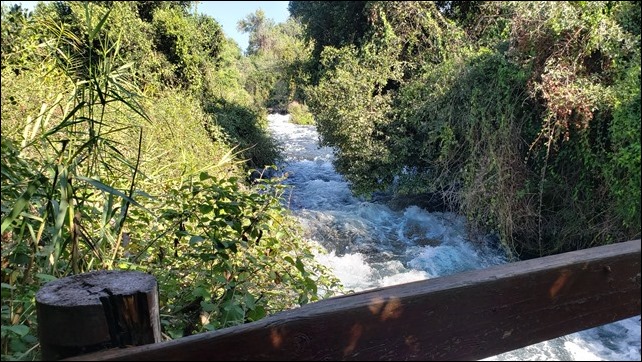
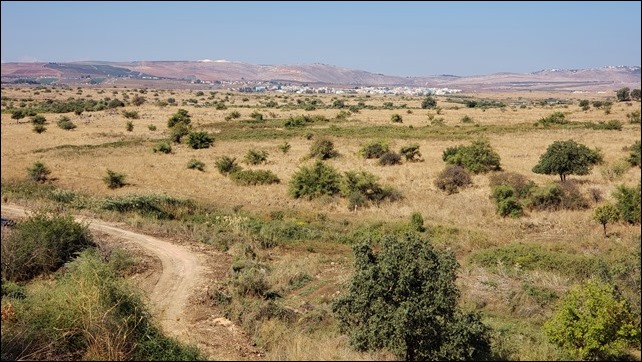
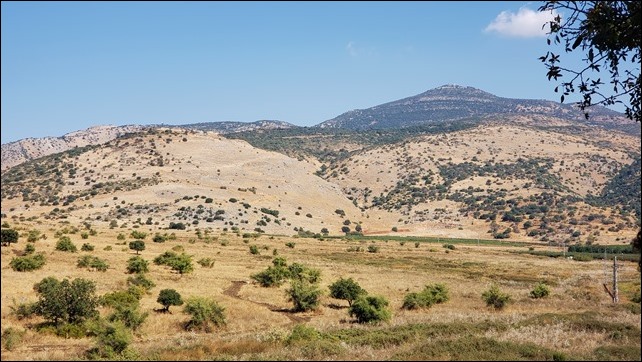
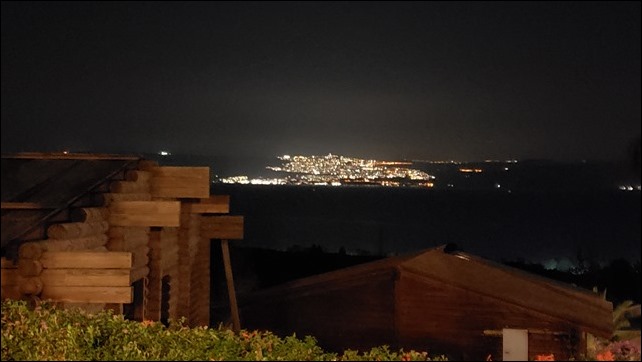
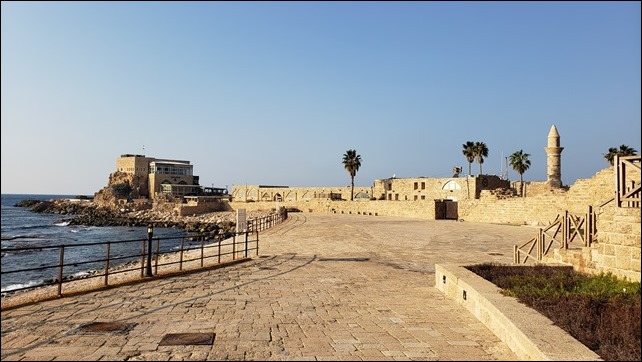
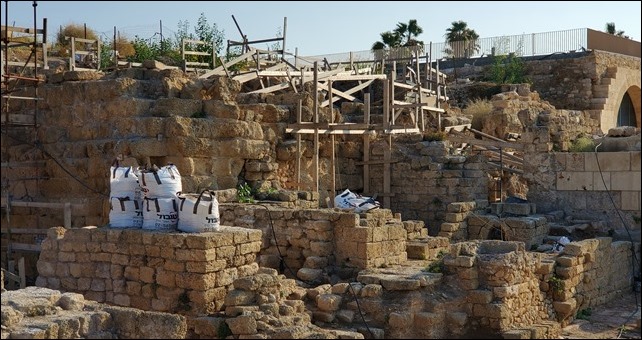
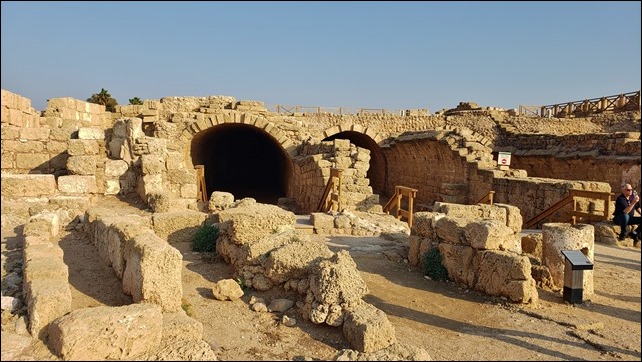
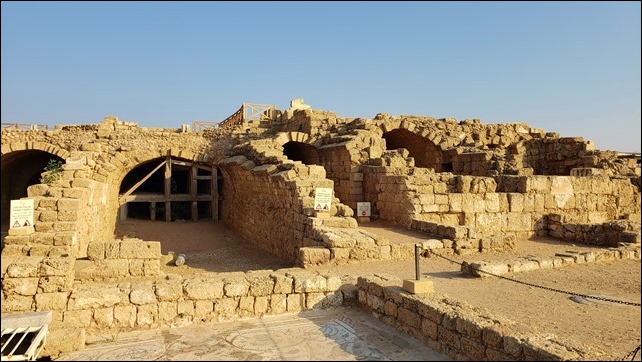
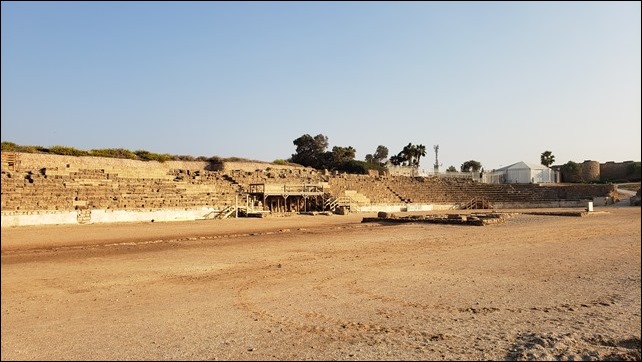
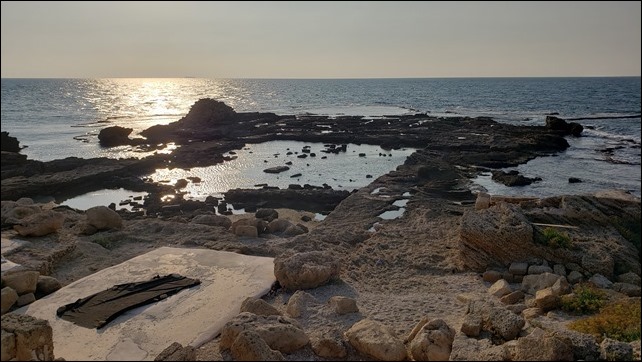
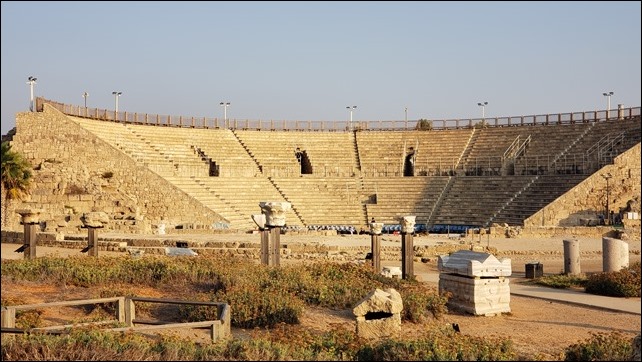
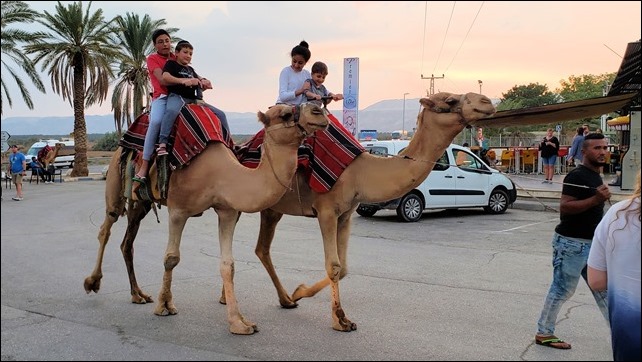
Fantastic, once again, Greg. Thankyou for learning so much and sharing it with us!
Fascinating! Thanks for sharing your thoughts and photos!
Hello Greg,
We went there in 2,011 with our son for a graduation present. Makes me want to return . Glad you had a great guide, makes all the difference. I required a 2 year course to be a tour guide. You are right about being the most significant city on earth. It was a faith builder for us. Garden of Gethsemane Over 2300 prophesies and most are are fulfilled already !
Such a great job my friend!
A great article. Do the world and then write the ultimate travel book.
Greg, a totally fascinating trip, thanks for letter me tag along via this blog!